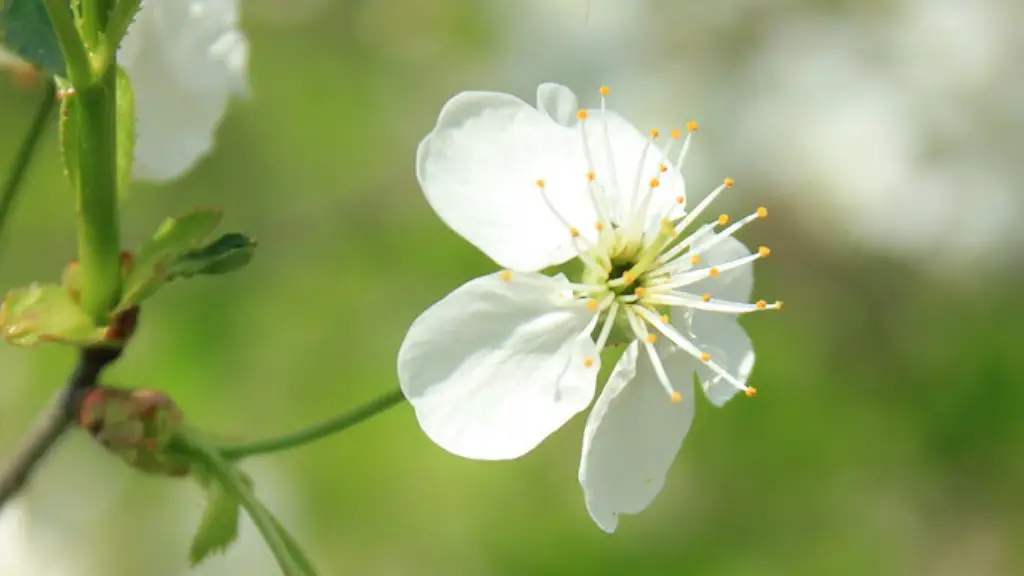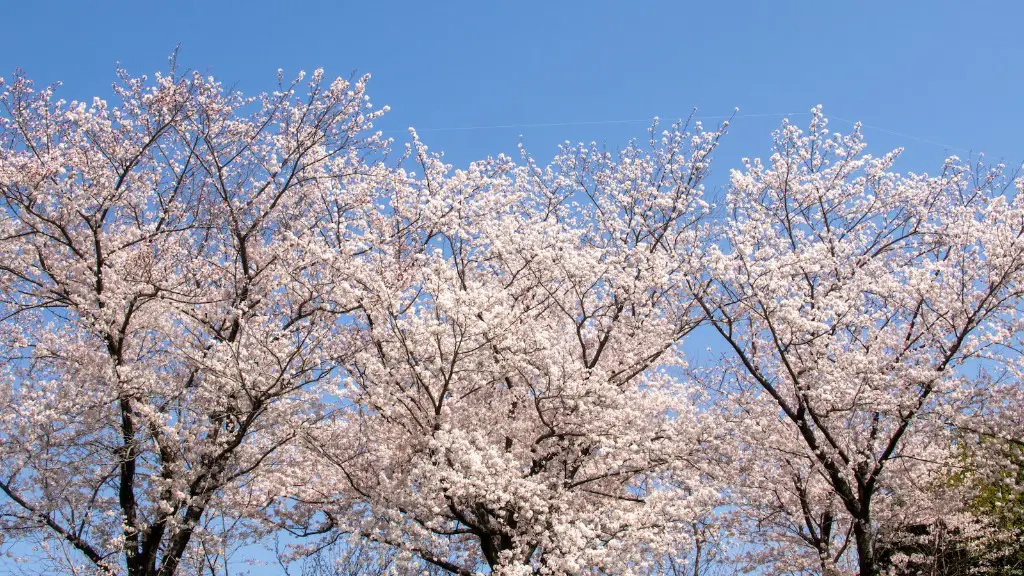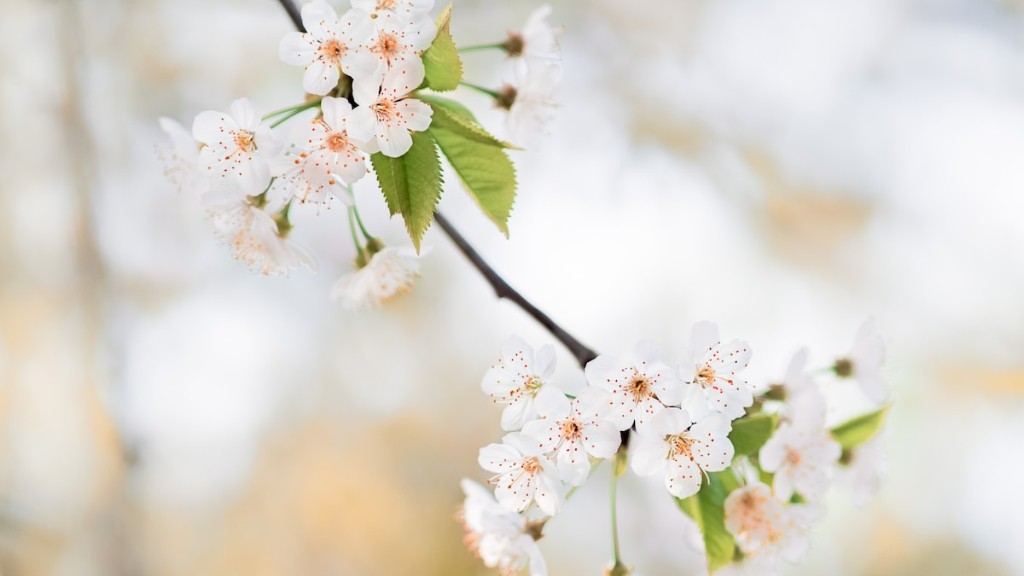Having an apple tree without apples is one of the most discouraging things that can happen to an apple tree owner. The reasons why an apple tree does not bear fruit could vary, so the best way to determine why your particular tree is unproductive is to conduct a thorough inspection and make an educated guess. Some of the most common causes of an unfruitful apple tree are discussed below.
One potential explanation for a tree not producing apples is incorrect planting. The soil environment, climate and timing of when apple trees are planted make a big difference in their success, as many trees require cool moist soil for optimum nutrient development and efficient flowering. If your tree was planted in poor soil, in a location that receives too much sun, or that is not well watered, then it is likely struggling to survive and will not be able to produce fruit in those conditions.
Another potential reason why your apple tree may not be producing fruit is that insects or disease have attacked it. If your tree has been affected by an infestation of pests, or a virus or fungus, then it is in a weakened state that is unable to sustain vigorous growth. If this is the case, then you will need to apply the relevant pesticide or fungicide to ensure that the tree is healthy enough to produce fruit.
Finally, it could be that the tree’s roots are unable to reach sufficient water and nutrients. This could happen if the tree is planted in an area with shallow soil, or if there’s too much competition with other plants for these resources. If this is the case, then you may need to consider either adding more soil or putting some form of boundary around the root zone to ensure that the tree is able to receive the sustenance it needs.
Apple Tree Pruning
In order for the apple tree to produce an abundance of apples, it needs to be pruned regularly. Pruning helps the tree to focus its energy on producing more fruits instead of growing longer branches. Not pruning the apple tree can lead to an overgrowth of branches and a decreased number of flowers produced. The key to proper pruning is to remove any dead or diseased branches as well as any branches that are weak or rubbing against each other. Removing these branches allows the remaining branches to be healthy and strong which will, in turn, lead to a greater number of apples being produced during the harvest.
Fertilizing the Soil
It is important to properly fertilize the soil when attempting to get your apple tree to produce fruit. The nutrients provided to the tree are greatly beneficial to its growth and help it to gain the strength it needs in order to produce healthy and abundant apples. Adding a slow-release fertilizer to the soil several times a year, such as once in spring and once in early summer, will provide adequate nutrients for the tree. Additionally, one should consider adding a lightly nitrogen rich compost or another type of all-natural fertilizer to the soil as this can help increase the fertility and therefore increase the amount of fruit produced.
Apple Tree Pollination
Pollination is necessary for the apple tree to produce fruit, and it is important to ensure that the tree is being adequately pollinated. Apple trees generally need to be visited by bees or other pollinators in order for the tree to properly set its fruit. Some apple tree cultivars are self-pollinating, but for those that are not, it’s important to make sure that there are sufficient pollinators in the area. Usually, simply having nearby honey bees or other apple tree pollinators is enough to provide the necessary pollination.
Proper Watering and Sun Exposure
In order for the tree to bear fruit, it needs to be adequately hydrated as well as receive plenty of sunlight. Apple trees need at least 1-2 inches of water per week and should be given access to direct sunlight for at least 6-8 hours a day. Furthermore, when it comes to the water, it’s important to make sure the roots of the tree are getting the water they need directly rather than having it soak through the soil. This helps prevent any root rot or other soil-borne diseases.
Maintaining a Balanced pH Level
The pH levels of the soil in which the apple tree is planted plays a major role in the tree’s health and ability to produce fruit. An optimal range for apple trees is between 6.0 and 6.5, so it’s important to periodically test the soil’s pH level and adjust it as necessary. This can easily be done with a pH test kit which will help to ensure the proper balance of acidity and alkalinity in the soil.
Regular Pest Controlling and Disease Prevention
Apple trees are prone to a variety of pests and diseases, and it’s important to be vigilant in controlling and preventing these threats. Insect infestations can be controlled with the appropriate insecticide, while fungus and other diseases can be controlled through the careful application of fungicide. Additionally, it’s important to regularly inspect the tree for any signs of damage, such as holes in the bark or leaves, as these are indicative of potential problems. If any such signs are noticed, it’s important to take swift action to prevent any further damage.


